We began our journey many, many years ago. . . with three main goals in mind. The first goal was to show our daughters Jesus Christ through our lives, the second goal was for us, as parents, to have the biggest influence in their formative years. We felt then, and still do, that God had called us to educate our children at home, to raise them up to follow Him.
Our third goal may seem unusual in light of the first two, but if you’ll read on, I think you’ll see how it has worked out beautifully in our journey. What was that third goal? To offer our girls as wide and varied an education as God would grant us to give to them. To place experiences above things, to think of the world as a whole, to see and experience things at their own pace, and to enjoy learning for the rest of their lives.
This being our 12th year of the journey, with a few more to go, I thought I would share some of the Non-traditional school subjects our girls have learned about, how we made them work, and how those experiences will end up on their transcripts. You may be more of a boxed curriculum-type family, but I invite you to also offer your children valuable, varied experiences that will stay with them for the rest of their lives.
We live in a state with basic graduation requirements called the “Core 40.” This includes the usual: English/Literature, Mathematics, Science, Social Studies, and P.E. Those are all courses you’ve probably thought about in the past. But what about those other lessons? What will you put under “Electives?” Our state does require a couple directed electives, Art and foreign languages. Even those leave scope for the imagination. The other electives are pretty wide open.
Note: our state uses the 1 credit per semester philosophy. So the two semesters you spend on Algebra 1 end up giving the student 2 credits… otherwise, how would they ever get to 40?!
Lest you think we only use unusual experiences for electives, let me share about 5 broad areas our girls have been learning in, and how those experiences will translate into various core and elective credits.
First up: Fiber Arts
While these lessons will all mostly end up under a Fiber Arts credit in Fine Arts, the lessons have come from a multitude of sources. Because of both girls’ love of all things in this area, they will probably end up with at least two credits here, even though most students would only do a semester’s worth. Fiber Arts consists of learning about the visual arts aspect of fibers, the history of textiles, and the current job market and/or uses of fiber arts. The girls have learned an awful lot about dyeing, carding, spinning, weaving, knitting, and felting (both wet and dry techniques) with wool this past year. They have mostly been using sheep wool, but various other animal furs have taken a turn.
The girls worked through the Fiber Arts section of the ARTistic Pursuits’ Sculpture Technique:Model book, as well as learning about the whole spinning to weaving process through their volunteer work at Conner Prairie. Conner Prairie is a really awesome living history museum just north of Indianapolis, IN, where both of our girls have volunteered for the past several years. Both girls chose to volunteer for the youth spinning teams this year, where they were taught both one-on-one and in group settings about carding, spinning, plying, and weaving wool. In the picture, you’ll see them holding ribbons. Those are their awards for their teams from Conner Prairie competing in the Sheep to Shawl contest at the Indiana State Fair, where teams of 6 students make a scarf, start to finish in under 4 hours. It’s truly amazing to watch!
At home, we dye our wool with Kool-Aid, at Conner Prairie (CP,) they use historic, natural dyeing processes. Learning about both has given the girls a greater appreciation of both processes. At home, the girls usually needle-felt their projects, at CP they card, spin, ply and then knit or weave. We all absolutely adore the textiles staff at CP! They have taught the girls so much more than we ever could at home, and they are always sharing tips and helping the girls improve upon their skills.
Next up: Conner Prairie Learning
Conner Prairie presents Indiana history throughout the 19th century, from 1816 through the middle of the Civil War (1863.) Through their volunteer work at CP, our girls have learned so many varied skills it can boggle the mind! Besides the Fiber Arts, the girls learn about US and Indiana history, economics, home economics, business, animal husbandry, survival skills, acting, public speaking, firearms history and usage, and music history. Emily often portrays a character in 1836 Prairietown who comes from the bottom of the economic spectrum. She loves being involved in all the fun activities like rounders and singing, but knows she must also work to help her family survive. Arlene portrays a farm girl in the 1863 Civil War Journey who has just witnessed the horrors of a raid, and helps prepare supplies for the Soldier’s Aid Society. As each girls learns more of the history of the time she portrays in costume, they also learn to hone their acting and public speaking skills.
Besides their roles as period actors, the girls also volunteer in various other locations at CP, including the 1816 Lenape Indian camp, and the animal barn. Emily loves working in the barn, and her time spent there will translate into credits in Animal Science and ‘Supervised Agricultural Experience’ (SAE) on her transcripts. Arlene’s loves at CP will translate into SAE credit and Natural Resource Management credit. We also volunteer at Symphony on the Prairie, and are rewarded with complimentary admission to hear the Indianapolis Symphony Orchestra’s performance after our shift is completed.
While their volunteering alone would encompass enough hours for several credits, many of the things they are learning at CP and being reinforced at home through books borrowed from our library on various topics such as stage direction, acting techniques, and plant identification. There is nothing like watching the goats and sheep reproduce to help you better understand the genetics lessons in your Biology book!
Third up: History
Not everything we want the girls to learn about history can be learned at CP. Shocking right? LOL! Our dear friends Mike and Ella Pace (Mike works at CP and is Lenape by birth) have always poured so much of their time and love into the girls, and come to our hometown each fall to help present a Powwow. Last year we had the privilege of accepting their offer to join them at the Lenape (Delaware) National Pow-Wow over Memorial Day weekend in Oklahoma. Talk about history! We learned history on the trip out, at the Powwow (including getting to see wild mustangs) and all the way back home!
We often venture to historic sites in our state and wherever we go on vacation as well. Sometimes history comes to us, like when Kurt saw his friend George with his historic firetruck recently, and everyone got to take a turn in the driver’s seat.
Our history lessons have included a visit to Woolaroc in Oklahoma, Gene Stratton Porter’s home in Rome City, IN, the Arch in St. Louis, and Wilson’s Creek Battlefield outside Springfield, MO. These experiences help the girls remember the history of the US and its people.
Fourth up: Sewing
Sometimes what we do does fit a traditional school subject, like Home Ec. Both girls have been actively sewing for 4-H for several years. Our goal is not the ribbons (although those can be nice,) rather our goal is for the girls to understand a job well done, and the economic impact of having a life-skill. These lessons learned while sewing, including shopping and purchasing accessories, will earn the girls credit hours in various Home and Family science courses, as well as supplement their business and economics courses.
Lastly: Field trips and Etc.
There are so many things that could go here that we have done as a family, so I’ll just touch on a few. Field Trips are a great way to study Geology and other Earth Sciences. Whether you’re standing in Lake Michigan, or out hunting fossils in Ohio, geology is all around you. When you hike through caverns or canoe down the river, geology meets Physical Education class. When you burn sparklers, or spend time at the shooting range, combustion gives a visual aid to the science in your chemistry and physics books. When you’re watching a ballet, or listening to a symphony, music appreciation and visual arts are front and center.
Grant your family the chance to experience life together. Take a field trip, or four, next month. Give your children, and yourself, permission to study life and learn in a non-traditional way. It needn’t detract from their education. All those crazy things we do? They can be a whole lot of fun! As my Teacher-Mom sits down and reviews, I find the girls have more High School credits than I thought.
For most of us, we have 18 or so years with our children at home, let’s make the most of it. Experiential learning need not cost a lot of money. Look for a local museum or history park where your family can volunteer, or check your local zoo or wildlife rehabilitation facility. Allowing your children to follow their interests, while also fulfilling the graduation requirements for your state, can be fun for all of you.
Life is an adventure, live yours to the fullest!
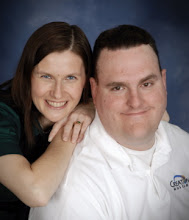 Carol and her husband Kurt educate their two High-School-aged daughters all over the Midwest, with a home base of Indiana. Carol and the girls blog about family-friendly field trips, faith, gardening, 4-H, football and more @ Home Sweet Life.
Carol and her husband Kurt educate their two High-School-aged daughters all over the Midwest, with a home base of Indiana. Carol and the girls blog about family-friendly field trips, faith, gardening, 4-H, football and more @ Home Sweet Life.

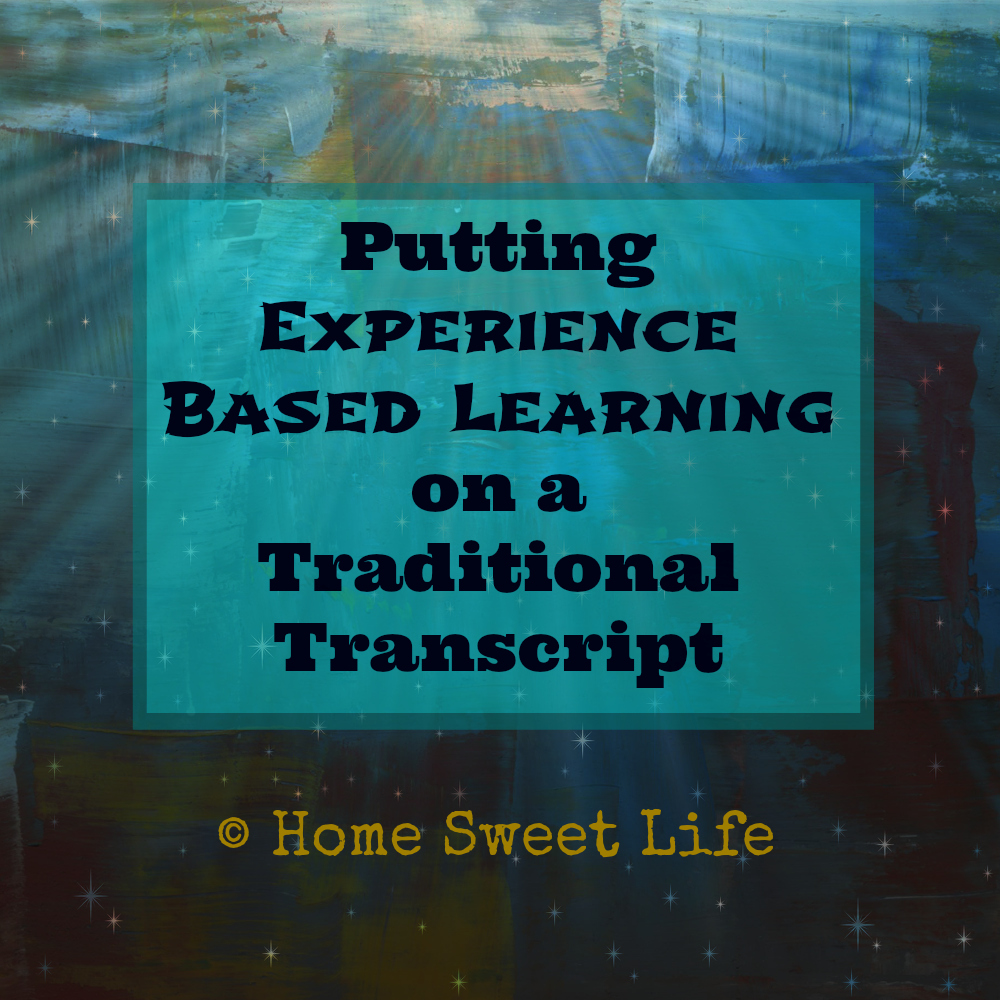
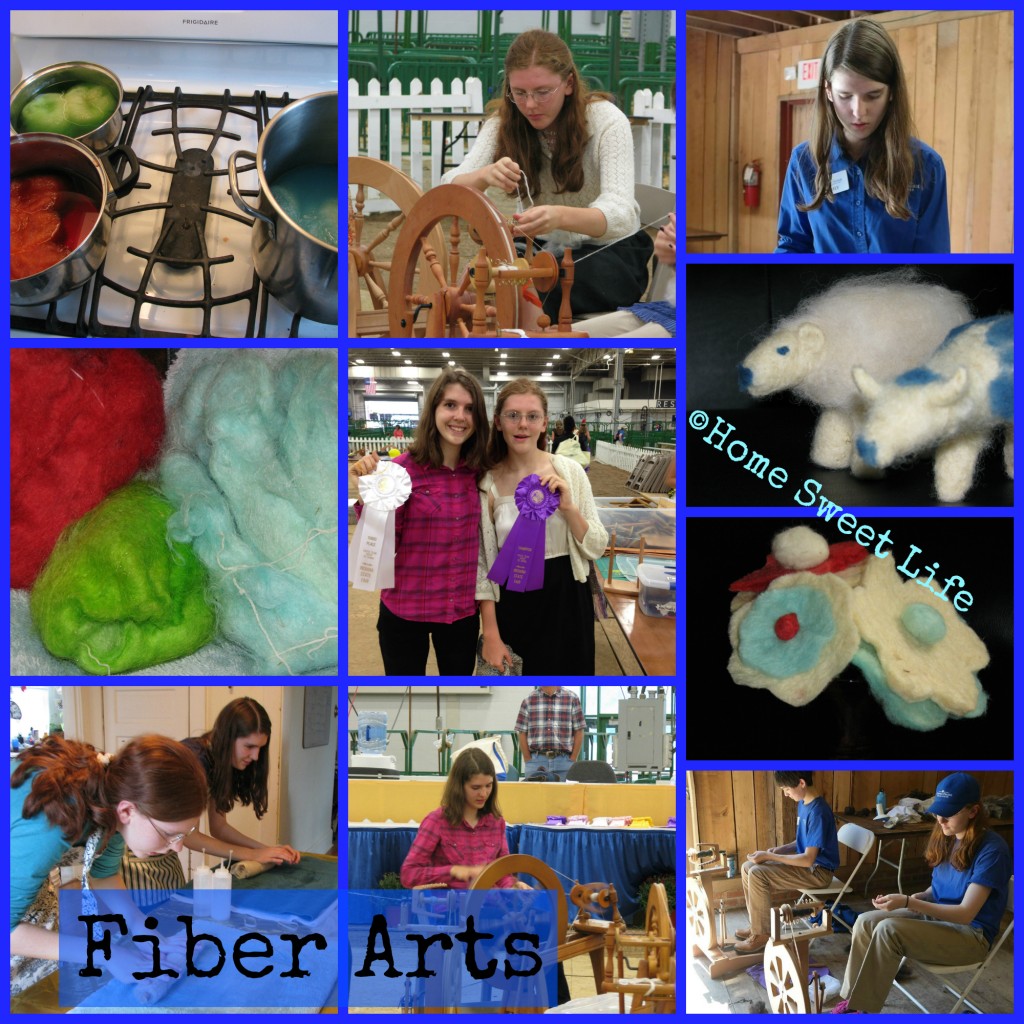
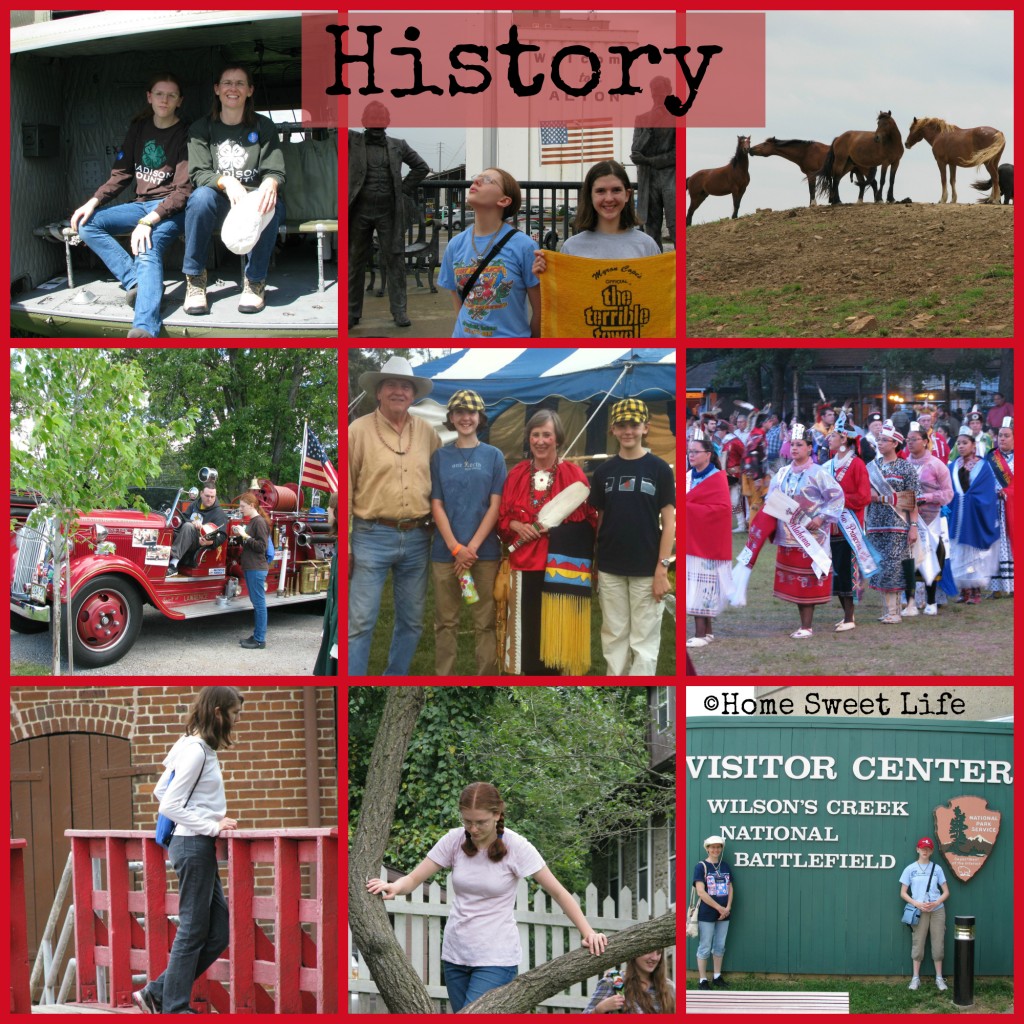
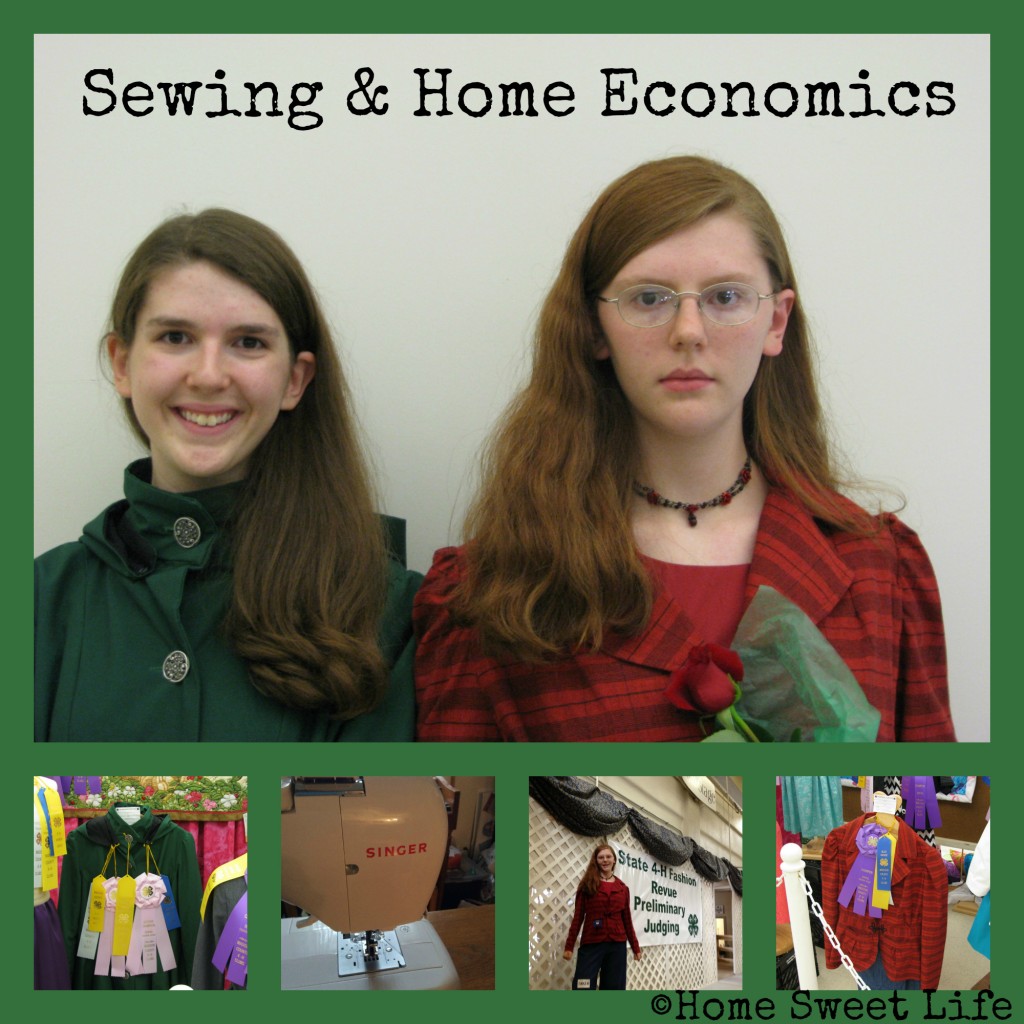
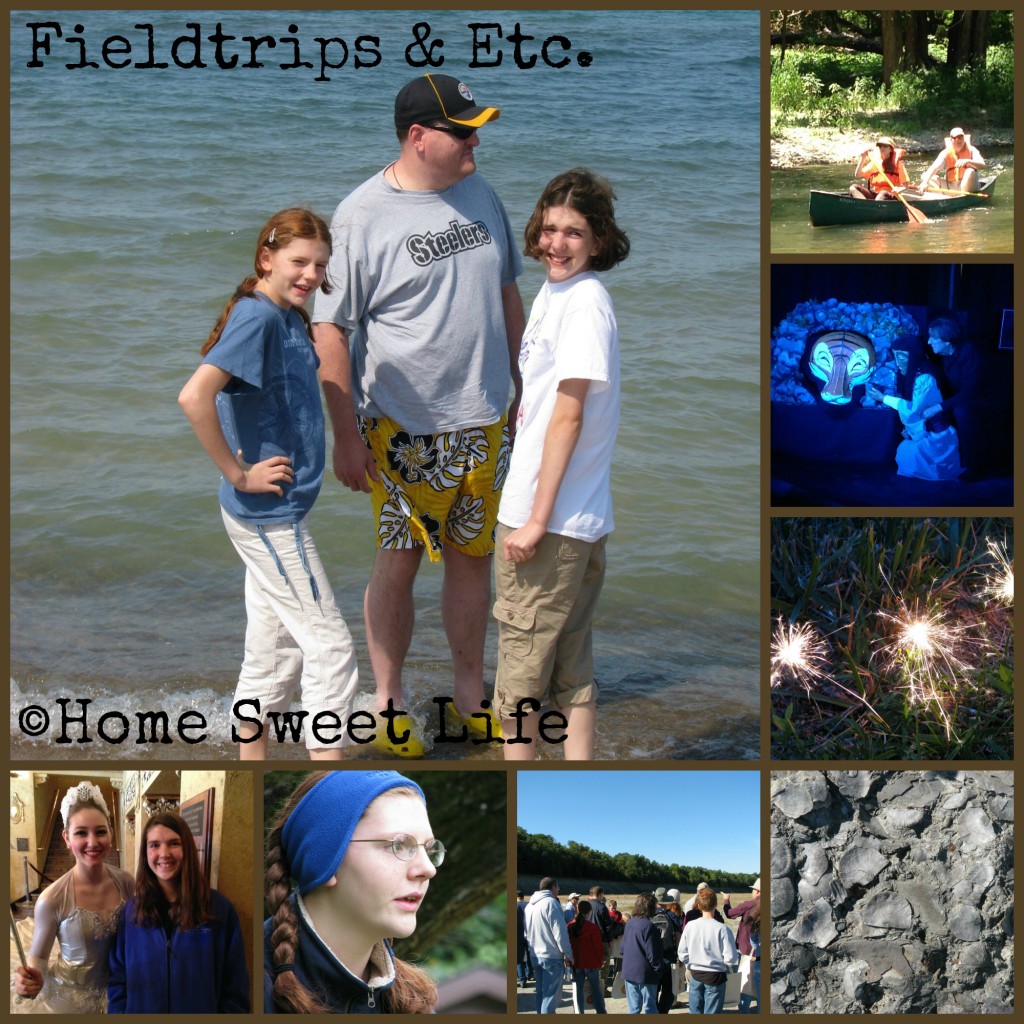
1 thought on “Putting Experience Based Learning on a Traditional Transcript”